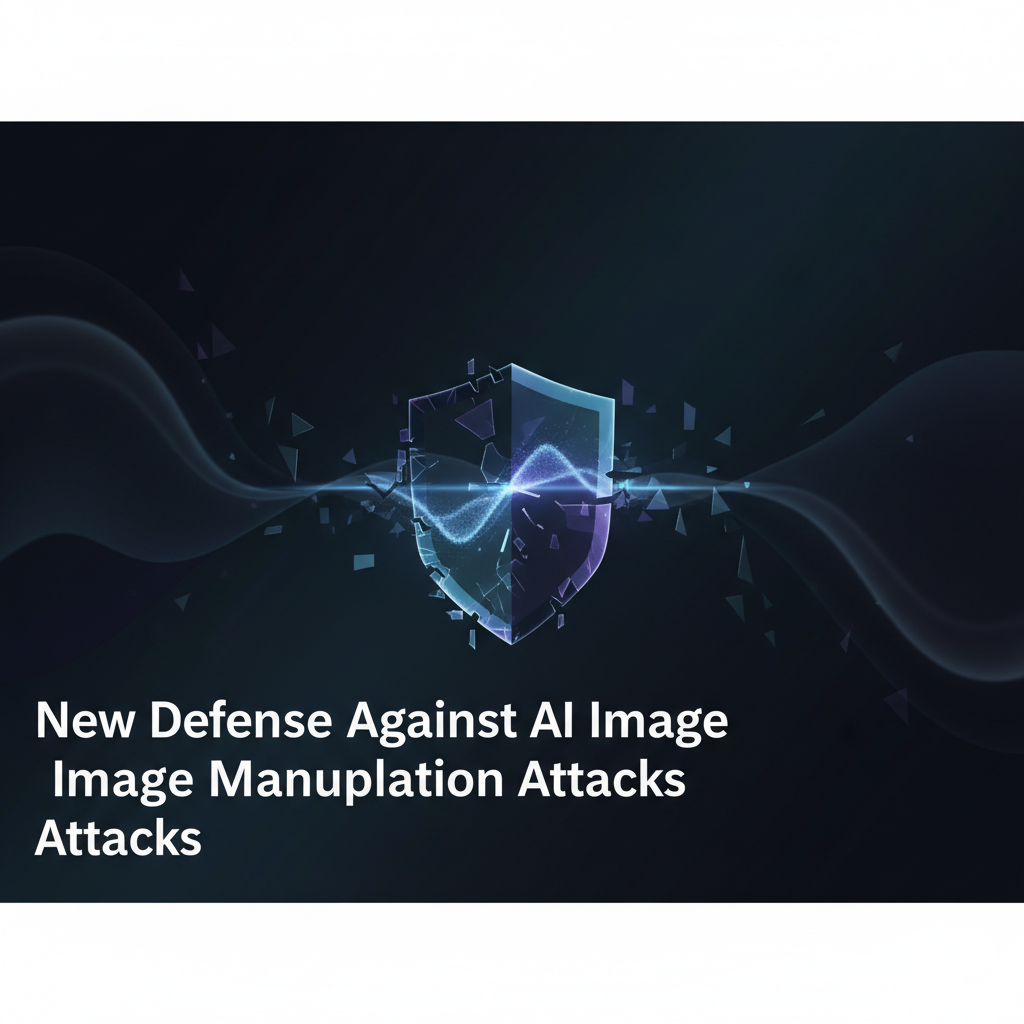New Defense Against AI Image Manipulation Attacks
Researchers develop DIA, a method to disrupt malicious image editing in diffusion models, providing stronger protection against deepfakes and misinformation.

As diffusion models become increasingly sophisticated at generating and editing realistic images, they've also become powerful tools for creating misleading content and deepfakes. A new research paper introduces a defensive technique that could help protect against the malicious manipulation of real images using AI.
The research, titled "DIA: The Adversarial Exposure of Deterministic Inversion in Diffusion Models," addresses a critical vulnerability in how modern AI image generators work. Diffusion models like Stable Diffusion and DALL-E use a process called DDIM (Denoising Diffusion Implicit Models) inversion to convert real images into latent codes that can then be edited and regenerated.
The Deepfake Creation Pipeline
DDIM inversion has become the backbone of many image editing workflows. It allows users to take a real photograph, convert it into the AI model's internal representation, make changes to that representation, and then generate a modified version of the original image. While this enables legitimate creative applications, it has also lowered the barrier for creating convincing deepfakes and misinformation.
The process works by tracing a path through the model's latent space - essentially finding the series of steps the AI would need to take to recreate the original image. Once this path is established, malicious actors can manipulate it to insert people into scenes they were never in, alter facial expressions, or create entirely fabricated evidence.
Breaking the Inversion Process
The DDIM Inversion Attack (DIA) takes a novel approach to disrupting this pipeline. Rather than trying to prevent the initial image analysis or the final generation step, DIA targets the integrated trajectory path that connects them. By introducing carefully calculated perturbations along this path, the defense makes it extremely difficult for the AI to maintain coherent edits while preserving the original image's structure.
Previous defensive methods like AdvDM and Photoguard have shown promise but suffer from what the researchers call "misalignment between their objectives and the iterative denoising trajectory." In simpler terms, these earlier defenses didn't fully account for how the AI actually processes images step-by-step during editing, leading to weak protection that could be circumvented.
Technical Implementation and Results
DIA works by analyzing the specific denoising trajectory that a diffusion model would follow when inverting an image. It then introduces adversarial perturbations that are mathematically optimized to cause maximum disruption to this trajectory while remaining visually imperceptible to humans. The key innovation is that these perturbations are designed to compound and amplify as the model progresses through its editing steps.
According to the research results, DIA demonstrates "effective disruption, surpassing previous defensive methods across various editing methods." This means that images protected with DIA become significantly harder to manipulate convincingly, even when using state-of-the-art diffusion models and editing techniques.
Implications for Digital Authenticity
This research represents an important step in the ongoing arms race between content generation and authentication technologies. As AI-powered image editing becomes more accessible and sophisticated, defensive techniques like DIA could become crucial tools for protecting sensitive images from manipulation.
The applications extend beyond individual privacy protection. News organizations could use such techniques to protect their photojournalism from being weaponized as misinformation. Social media platforms might integrate similar defenses to reduce the spread of manipulated content. Legal and governmental institutions could employ these methods to preserve the integrity of documentary evidence.
However, it's important to note that this is not a silver bullet solution. As with all security measures, determined attackers will likely develop countermeasures, leading to further iterations of both offensive and defensive techniques. The researchers acknowledge this by positioning their work as part of an ongoing effort to provide "practical defense methods against the malicious use of AI for both the industry and the research community."
The open-source release of DIA's code also raises interesting questions. While transparency in research is valuable for advancing the field and enabling widespread adoption of protective measures, it also means that those developing new manipulation techniques will have access to study and potentially circumvent these defenses.
As we move forward, the development of robust defenses against AI-powered image manipulation will be crucial for maintaining trust in digital media. DIA represents a significant technical advancement in this direction, offering stronger protection than previous methods while highlighting the need for continued research in this critical area of AI safety and digital authenticity.
Stay informed on AI video and digital authenticity. Follow Skrew AI News.



